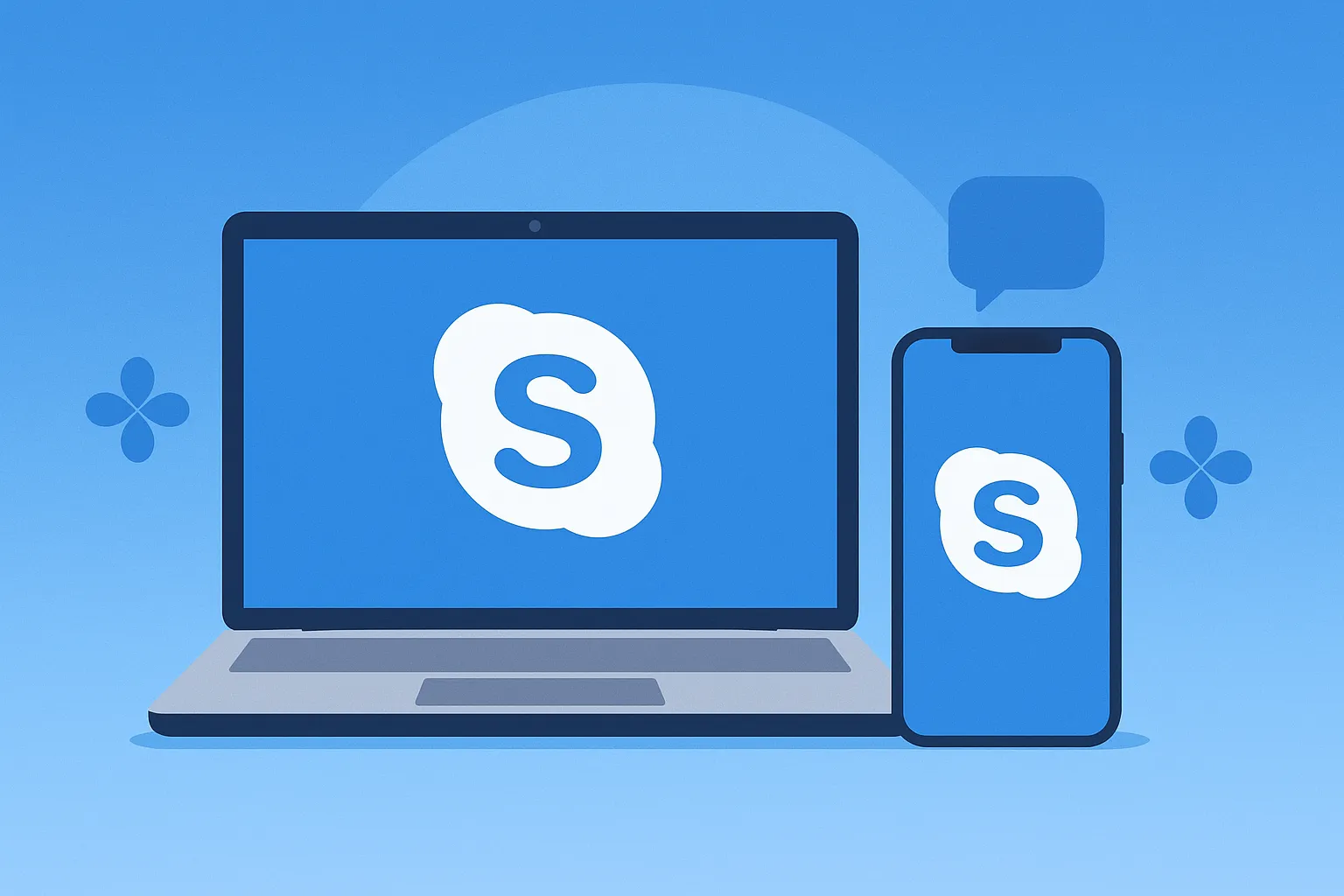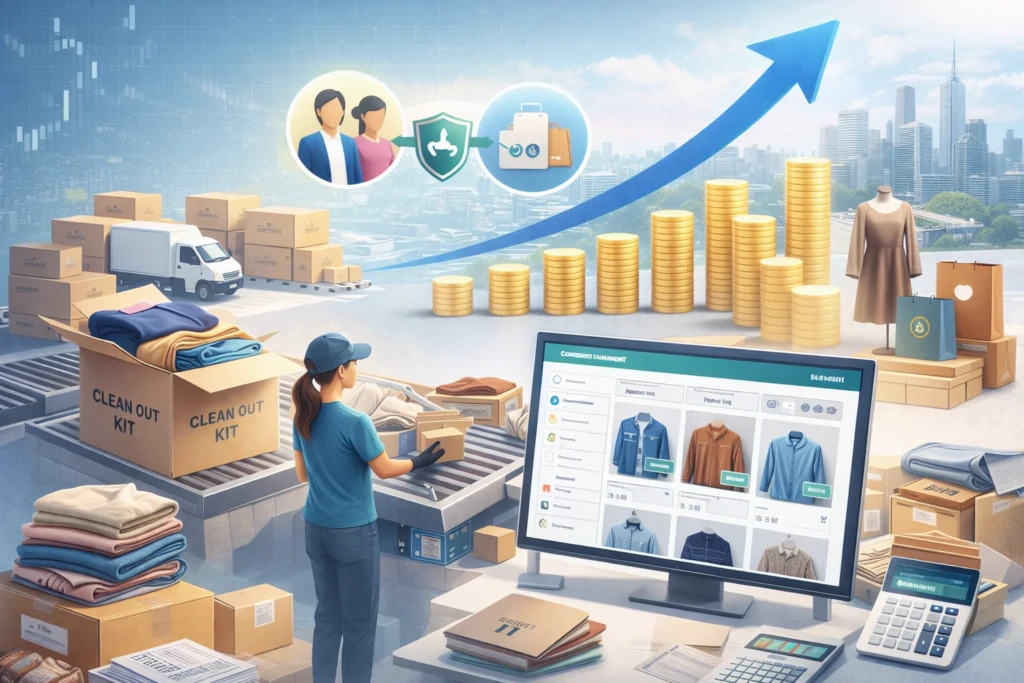Business Model of Skype has been a game-changer in global communication since its launch in 2003. It transformed how people connect, enabling free and low-cost voice and video calls over the internet. For entrepreneurs and startup founders, Skype’s business model is worth studying because it shows how a freemium strategy combined with smart monetization can achieve massive scale.
Whether you’re building a communications platform or any consumer app that relies on network effects, understanding Business Model of Skype grew and monetized its user base can inspire your own path to success. With millions of users across the world, Skype demonstrated that offering essential features for free can create strong network effects and viral growth. Its clever combination of pay-as-you-go services, subscriptions, and enterprise integrations turned a simple VoIP app into a profitable business. By analyzing Skype’s strategy, you’ll uncover valuable lessons about scaling, retaining users, and diversifying revenue streams—key insights that can help any founder launch a sustainable digital product.
What is Skype & How It Works
Skype is a Voice over Internet Protocol (VoIP) platform that lets users make voice calls, video calls, and send instant messages over the internet.
What Problem Does Skype Solve?
Before Skype, international calls were expensive and complex. Skype solved this by:
- Making global communication accessible and affordable
- Offering free calls between users
- Reducing the cost of calling landlines and mobile numbers
Who Uses Skype?
Skype serves millions of users worldwide, including:
- Individuals staying in touch with family and friends
- Remote teams and businesses needing affordable communication
- Freelancers and consultants hosting meetings or interviews
- Teachers and students collaborating online
How Does Skype Operate?
Here’s how the platform works behind the scenes:
- Peer-to-peer technology (originally): Early versions used decentralized P2P architecture to route calls efficiently.
- Cloud infrastructure: Modern Skype relies on Microsoft’s cloud servers for better reliability and scalability.
- Freemium model: Core services like Skype-to-Skype calls are free, while premium features (e.g., landline calls) cost money.
- Cross-platform availability: Skype runs on desktop, mobile, and web, making it easy to access anywhere.
Read More : What Is Skype App and How Does It Work?
Target Audience Segments Driving Skype Growth
Skype’s target audience spans both individuals and businesses. Over the years, its user base has grown to include diverse customer segments:
1. Individual Users
- Friends and Families: People who want to keep in touch across countries without incurring high phone bills.
- Digital Nomads: Remote professionals who rely on reliable calls and messaging while traveling.
- Students: Learners who use Skype for study groups, tutoring, and language exchange.
2. Small to Medium-Sized Businesses
- Remote Teams: Companies with distributed staff who need affordable conferencing and collaboration tools.
- Freelancers and Consultants: Professionals who use Skype for client meetings and interviews.
3. Enterprises and Large Organizations
- Corporate Clients: Enterprises using Skype as part of their communication stack, often integrated with Microsoft tools like Office 365 and Teams.
This broad target audience is one reason Skype’s business model achieved such impressive scale—its features cater to almost anyone needing cost-effective, easy communication.
Features that Support the Business Model
Skype combines essential communication features with premium services that drive revenue. Here are the core features that support its business model:
1. Free Skype-to-Skype Calls
Unlimited voice and video calls between Skype users create a strong network effect and attract millions to the platform.
- Helps users connect globally without cost barriers.
- Builds loyalty and daily usage among friends and families.
2. Instant Messaging
Text chat with rich media sharing keeps users engaged daily, increasing the likelihood they’ll purchase premium services.
- Supports file sharing, emojis, and group chats.
- Keeps conversations flowing even when calls aren’t practical.
3. SkypeOut (Calls to Phones)
Users can call landlines and mobile numbers worldwide at low rates, generating a significant share of Skype’s revenue.
- Enables affordable international communication.
- Converts free users into paying customers with credit purchases.
4. Skype Number
A personal phone number lets users receive calls from regular phones, positioning Skype as a viable alternative to a traditional phone line.
- Ideal for freelancers and small businesses.
- Adds credibility and convenience for professional use.
5. Voicemail
This paid feature allows users to receive voice messages when they’re offline.
- Ensures important calls are never missed.
- Encourages premium upgrades for consistent communication.
6. Group Video Calls
Free for personal use, but premium options for businesses include higher participant limits and more control features.
- Supports remote meetings and team collaboration.
- Adds value to subscription plans targeting business users.
7. Screen Sharing
Essential for remote work, this feature helps users collaborate and troubleshoot, especially in paid business accounts.
- Allows real-time demonstrations and support.
- Boosts engagement with professional teams and educators.
These features create a blend of free services to drive growth and premium services to monetize engaged users.
Read More : Best Skype Clone Scripts in 2025: Features & Pricing Compared
Revenue Streams of Skype
Skype uses a classic freemium business model with multiple monetization channels. Below is a clear table outlining how each revenue stream works:
| Revenue Stream | How It Works |
| Skype Credit | Pay-as-you-go credits for calling phones and sending SMS. |
| Subscription Plans | Monthly plans offering discounted rates for frequent calls. |
| Skype Number | Monthly fee for renting a local phone number. |
| Voicemail | Paid feature for receiving voice messages offline. |
| Advertising | Limited ads displayed to free users in some markets. |
| Enterprise Integrations | Bundling with Microsoft 365 and Teams for business clients. |
Quick Breakdown of Each Stream
- Skype Credit: Users buy credit to make international calls and send SMS. This flexible option attracts occasional users.
- Subscription Plans: For power users who call specific countries frequently, plans offer cheaper rates.
- Skype Number: A convenient way for freelancers and businesses to receive calls from clients.
- Voicemail: Adds professionalism and reliability for users who don’t want to miss calls.
- Advertising: Supplementary revenue in consumer markets where monetization via calls is less popular.
- Enterprise Integrations: Since Microsoft’s acquisition, Skype became part of broader SaaS packages targeting businesses.
Read more : Revenue Model of Skype: How the Leading Communication App Makes Money
Cost Structure Behind Skype Operations
Running a global communication platform like Skype involves significant operational and strategic expenses. Here are the main cost components:
1. Infrastructure and Hosting
- Cloud servers to handle massive volumes of calls, messages, and media.
- Data centers and bandwidth costs to ensure reliability and low latency worldwide.
2. Research & Development
- Ongoing updates to maintain call quality and security.
- Developing new features to stay competitive.
3. Customer Support
- Multilingual support teams to assist millions of users.
- Resources for handling account issues, payments, and technical problems.
4. Licensing and Interconnection Fees
- Agreements with telecom operators for SkypeOut calls.
- Regulatory compliance costs across different countries.
5. Marketing and User Acquisition
- Campaigns to attract new users and promote paid plans.
- Educational content to drive upgrades from free to premium features.
6. Administrative and Legal
- Employee salaries, legal compliance, and operational management.
By understanding these cost factors, founders can better estimate the investment needed to build and scale a similar app.
2024–2025 Innovations or Updates
Skype has continued to evolve under Microsoft’s ownership to remain relevant in a crowded communication market. Here are notable updates and innovations shaping its business model in 2024–2025:
1. AI-Powered Features
- Real-Time Translation: Enhanced live voice and video translation for more languages.
- AI Summaries: Automatic meeting notes and chat recaps for business accounts.
2. Integration with Microsoft Ecosystem
- Tighter integration with Microsoft Teams and Office 365 to serve hybrid work needs.
- Easier scheduling of Skype meetings directly from Outlook.
3. Improved Mobile Experience
- A redesigned mobile app focusing on speed and simplified navigation.
- Advanced notifications and smart suggestions for frequent contacts.
4. Enhanced Security
- End-to-end encryption improvements to maintain trust with business and personal users.
- Updated compliance features for regulated industries.
5. Flexible Pricing
- New subscription bundles combining Skype credit and Skype Number for better value.
- Regional pricing adjustments to stay competitive in emerging markets.
These updates help Skype retain its large user base while generating revenue through premium services and enterprise integrations.
Takeaways for Startup Founders
If you’re thinking about building a communication platform inspired by Skype, there are some important lessons you can apply:
1. Leverage the Freemium Model
Offering core features for free is a proven way to attract users quickly. But plan early for how you’ll convert free users into paying customers—whether via subscriptions, credits, or business accounts.
2. Invest in Core Infrastructure
Reliability is everything in communications. You’ll need robust infrastructure and security from day one to build trust and retain users.
3. Focus on Network Effects
The more people use your app, the more valuable it becomes. Features like free calls between users, easy contact importing, and integrations can accelerate growth.
4. Diversify Your Revenue Streams
Don’t rely on a single revenue source. Combine pay-as-you-go options, subscriptions, and B2B services to maximize lifetime value.
5. Differentiate with Innovation
As Skype’s recent AI-powered updates show, continuous innovation helps you stay ahead of competitors and meet evolving user needs.
Read more : Reasons startup choose our skype clone over custom development
Why Build Your Skype-Like App with Miracuves?
At Miracuves, we specialize in creating ready-made communication app solutions. Our Skype app comes with essential features—HD calls, chat, file sharing, and admin panels—so you can focus on growth instead of reinventing the wheel.
If you want a fast, reliable way to launch your communication platform, explore our Skype app Development and see how we can help you succeed.
Conclusion :
Skype’s business model proves that blending freemium access with strategic premium services can unlock massive growth. From individuals calling family abroad to businesses integrating communications into their workflows, Skype has remained relevant by continuously adapting and innovating.
If you’re inspired to build your own VoIP or messaging platform, you don’t have to start from scratch. At Miracuves, we help founders like you launch scalable, feature-rich communication apps quickly and affordably.
Ready to create your own Skype alternative?
Contact us today or check out our Skype Development page to see how we can turn your vision into reality.
FAQs :
1. How does Skype make money if most calls are free?
Skype uses a freemium model where core calls are free. Revenue comes from Skype Credit, subscriptions, and paid features like Skype Numbers. Enterprise integrations with Microsoft 365 also generate income.
2. What makes Skype’s business model sustainable?
Skype has a massive user base and diversified revenue streams. Its integration with Microsoft’s tools strengthens customer loyalty. Ongoing innovation keeps it competitive in the VoIP market.
3. What are the biggest costs involved in running a Skype-like app?
Major expenses include infrastructure, R&D, and licensing fees. Customer support and regulatory compliance add significant costs. Marketing is also essential to attract and retain users.
4. Can I build a Skype alternative without huge investment?
Yes—with a ready-made Skype Solution from Miracuves. You get prebuilt VoIP features and scalable infrastructure. This approach saves time and reduces development costs.
5. What makes Miracuves the right partner to develop a Skype-like app?
Miracuves offers proven, customizable communication solutions. You benefit from expert support, fast launch, and transparent pricing. Explore more on our Skype Development page.
Related Articles :








